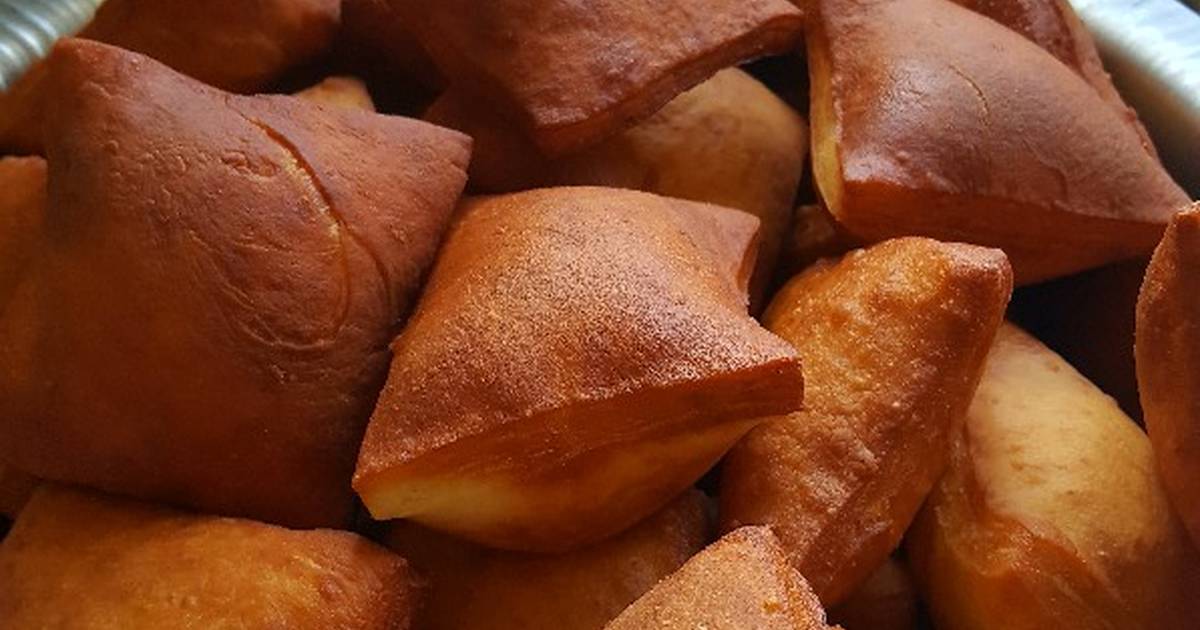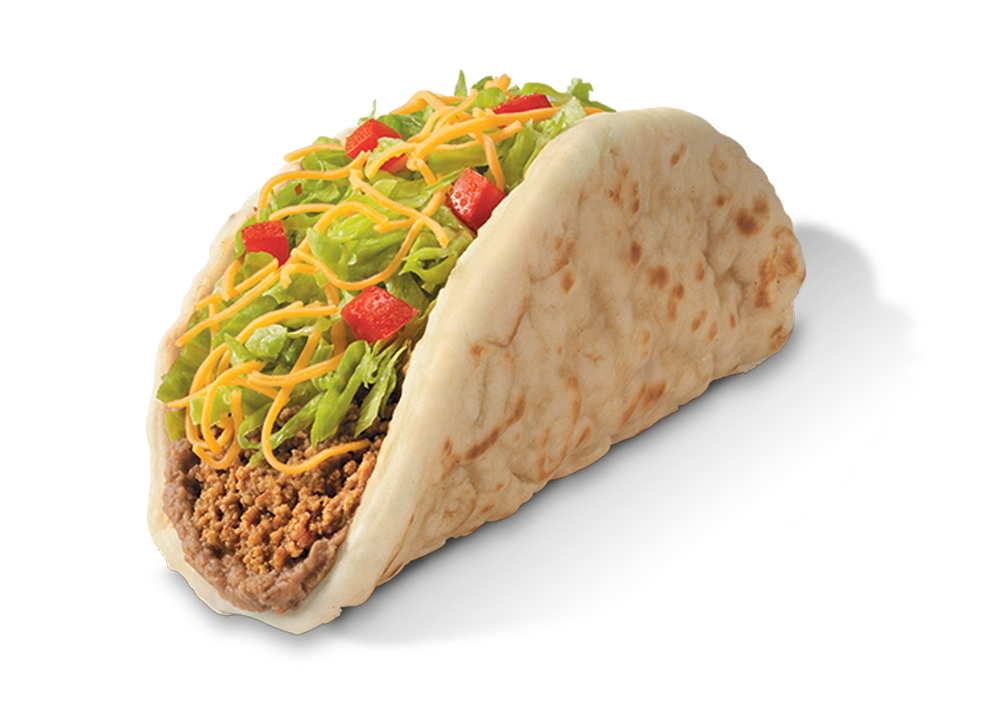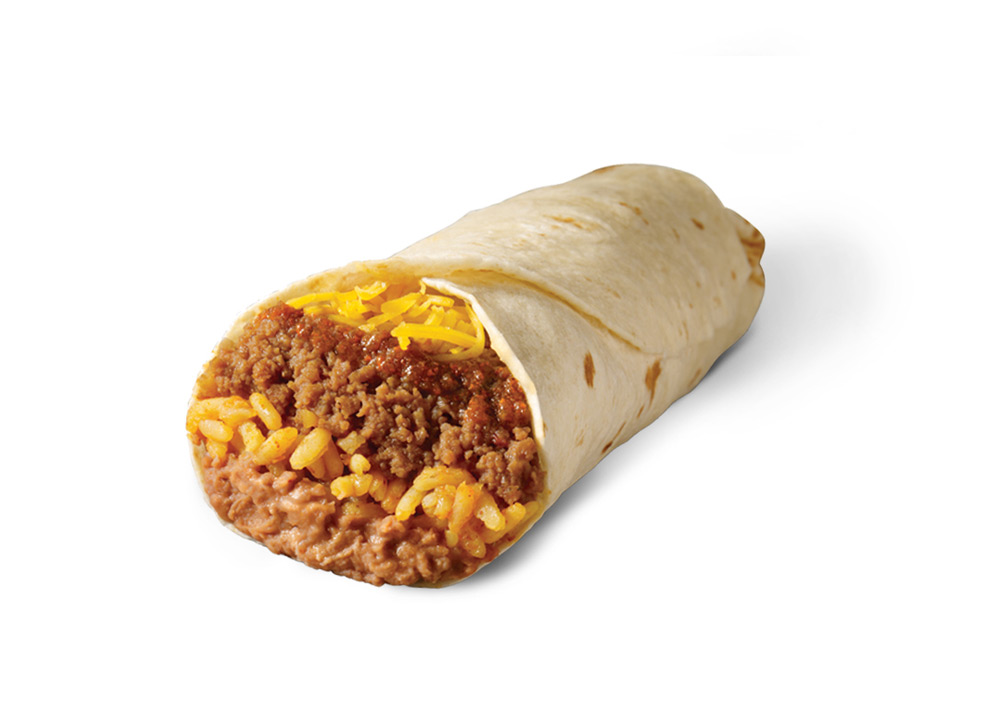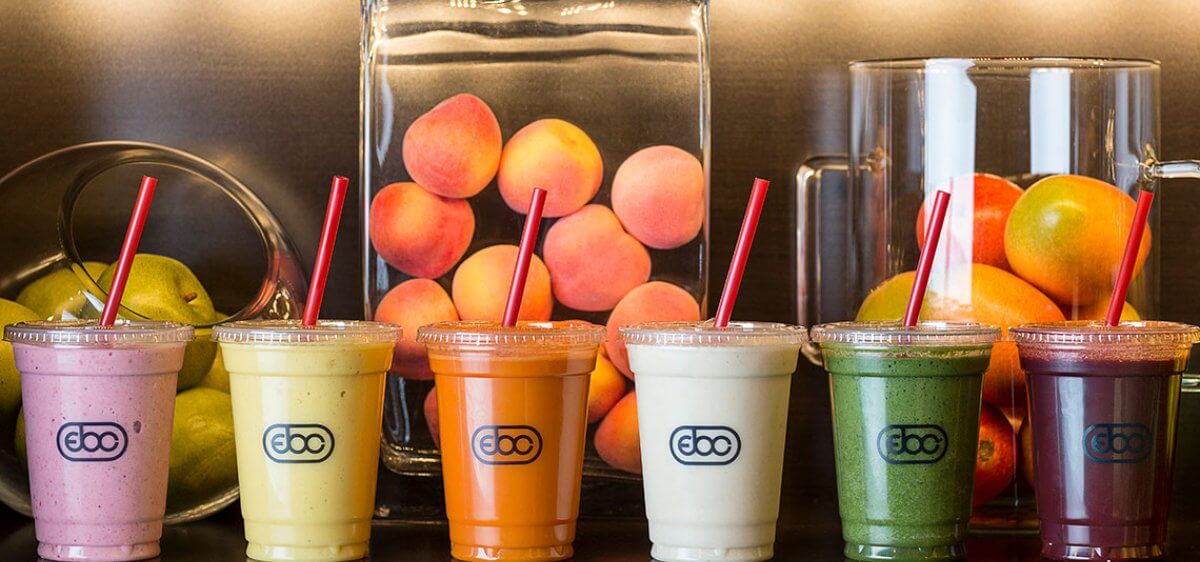Tanzania, like many countries, has its own unique tea culture and preferences when it comes to tea and tea accompaniments or "tea bites." While Tanzania is not typically known for its tea production (compared to countries like India, China, or Sri Lanka), tea is still a popular beverage in the country, and Tanzanians have their own ways of enjoying it.
Here are some ways Tanzanians may enjoy their tea and tea bites:
Chai:
- In Tanzania, tea is often referred to as "chai," which is a common term for tea in many East African countries.
- Tanzanians typically enjoy black tea, often brewed strong and sometimes with added milk and sugar, depending on personal preferences.
- Chai is a popular morning beverage and is also commonly consumed in the afternoon.
Accompaniments:
- When enjoying chai, Tanzanians may pair it with various tea bites or snacks, similar to tea traditions in other parts of the world.
- Some common tea bites include mandazi (deep-fried dough), chapati (flatbread), samosas, and bhajias (fried fritters). These snacks are often savory and can be spicy, adding a contrast of flavors to the tea.
-

Tea Time:
- Tea time is an important social activity in Tanzania, where people gather to chat, relax, and enjoy their chai and tea bites.
- It's a time for friends and family to come together, and it's not unusual for people to visit each other's homes for tea.
Street Food Culture:
- In urban areas like Dar es Salaam, you can find numerous street vendors selling tea and tea bites, making it convenient for people to enjoy these snacks while on the go.
- Street food culture plays a significant role in shaping Tanzanian tea preferences, with vendors offering various options to cater to different tastes.
Variations:
- Tanzanians may have regional variations in their tea preferences and tea bite choices. Coastal areas may have influences from Arabic and Indian cuisine, while the interior regions may have their own unique twists on tea and snacks.
Herbal Teas:
- In addition to black tea, Tanzanians may also enjoy herbal teas made from locally available herbs and plants.
It's important to note that tea culture can vary widely from person to person, and not all Tanzanians may enjoy tea and tea bites in the same way. Preferences can also change based on factors like age, location, and individual tastes. Tanzanian tea culture is a blend of various influences, and it continues to evolve with time.
if you are outside Tanzania and interested with the culture find someone from Tanzanian and learn from them, do something different in your counter
















 It's an amazing website that will help you in business ideas, stories of rising different of difference company and motivation
It's an amazing website that will help you in business ideas, stories of rising different of difference company and motivation